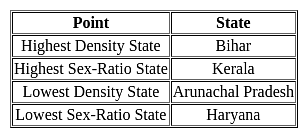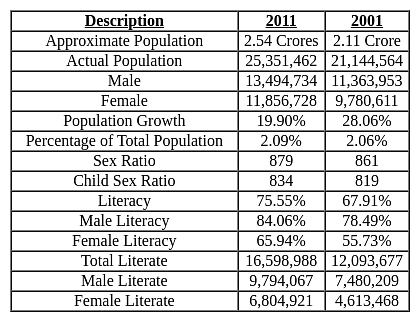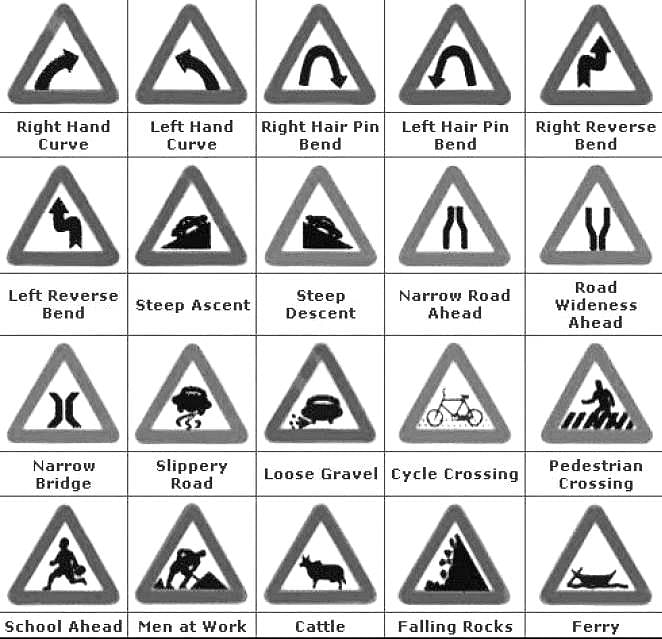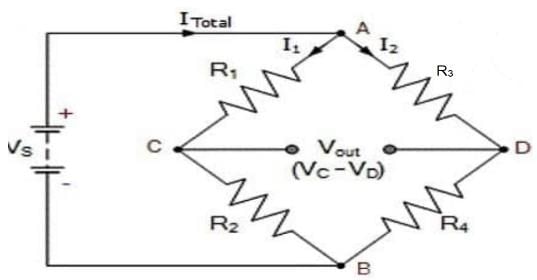HSSC TGT Science Mock Test - 5 - HSSC PGT/TGT MCQ
30 Questions MCQ Test - HSSC TGT Science Mock Test - 5
The noise pollution produced by tractors, thrashers harvesters etc. can be categorized under
Select the correct sequence of tropic levels with increasing potential energy
Name the first Speaker of the Legislative Assembly of Haryana.
Match the following as per the Census 2011 :
List - I
1. Highest Density State
2. Highest Sex-Ratio State
3. Lowest Density State
4. Lowest Sex-Ratio State
List - II
a. Haryana
b. Bihar
c. Kerala
d. Arunachal Pradesh
Which of the following statement is correct?
I. Work education benefits co-ordination in hand and brain.
II. Work education is essential and significant factor in learning process.
To understand the relationships among relatives on a family tree, children need to be able to use the skill of:
A circular loop of radius 3 cm is having a current of 12.5 A. The magnitude of magnetic field at a distance of 4 cm on its axis is
When two molecules of acetyl CoA enter the TCA cycle, net gain at the end of the cycle is
How many ATP molecules will be generated in a plant system during the complete oxidation of 40 molecules of glucose?
The largest distance of the image of a real object from a convex mirror of focal length 20 cm can be
In which pteridophytes, heterosporous is produced?
Which relation do we use to find the refractive index of material of prism
Can absolute value of refractive index be less than unity?
A typical angiospemic embryo sac is though 8 nucleate is 7-celled. 8 nuclei includes______.
Electron gain enthalpy values of noble gases are positive because:
Man made mass extinction of species represent a very severe depletion of biodiversity called as



























